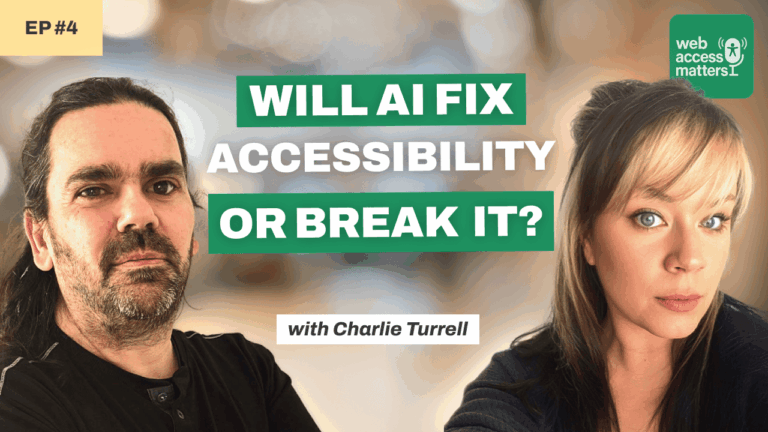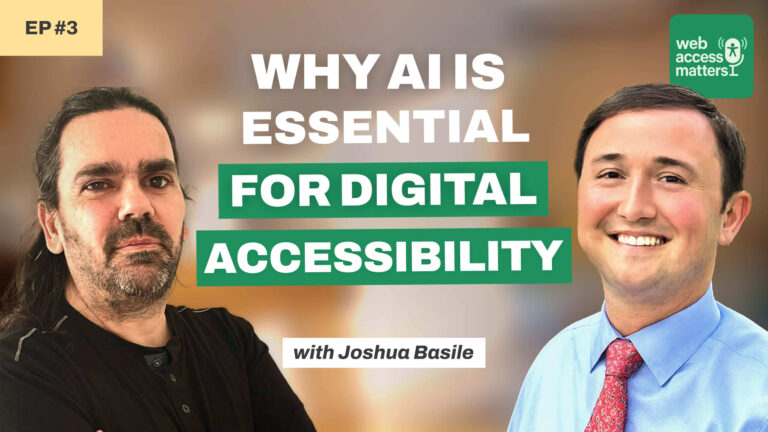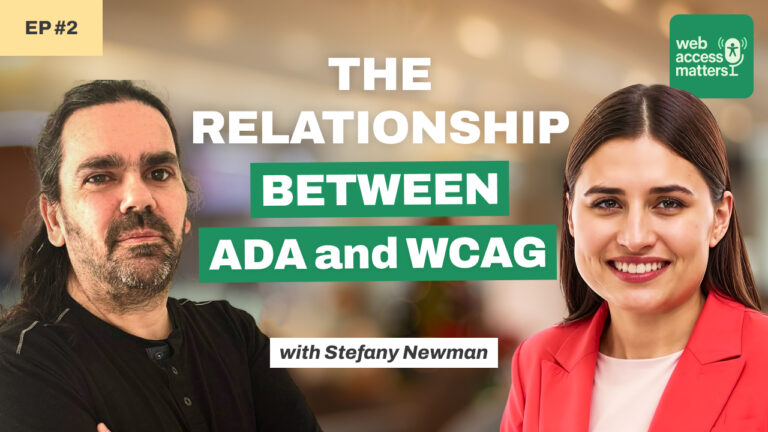Find and Fix Accessibility Issues
Before They Become a Legal Problem
Our scanner shows you what’s wrong and exactly how to fix it — fast, clear, and actionable.
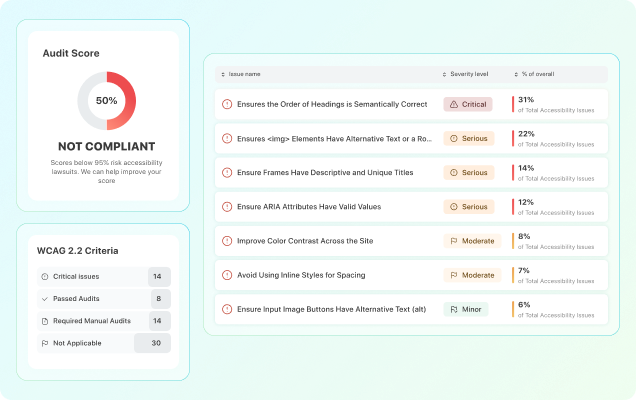
We Audit Your Domains Against Every Accessibility Standard — Worldwide







Latest Updates on Global Accessibility Legislations & Standards
WCAG stands for the Web Content Accessibility Guidelines. They are the most important guidelines for web accessibility policy, created by the World Wide Web Consortium, known as the W3C. The W3C is a non-profit organization founded in the halls of MIT’s Laboratory for Computer Science in 1994.
Are websites legally obligated to follow WCAG 2.2?
The WCAG 2.2 in itself is not considered as legislation, but being the most important guidelines for web accessibility, they set the standard for web accessibility legislation in most countries in the world, for example:
- United States’ ADA and Section 508 accessibility legislation are based on WCAG 2.2
- Canada’s ACA and AODA accessibility legislation are based on WCAG 2.2
- The European union’s EAA and EN301549 accessibility legislation are based on WCAG 2.2
Recommended Resources:
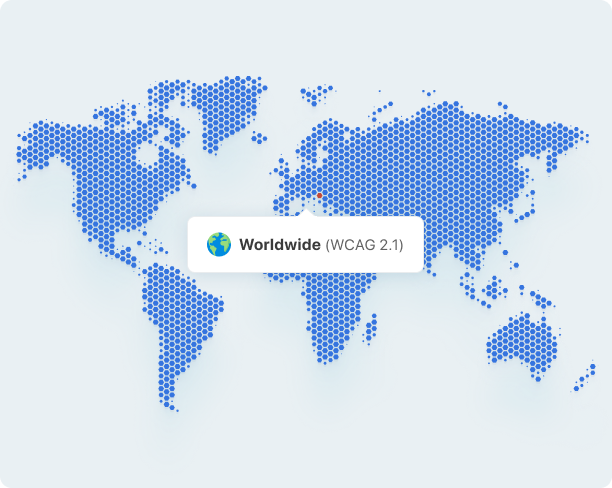
ADA stands for the Americans with Disabilities Act. Essentially it states that any private business, group, or entity should make sure it doesn’t discriminate anyone based on ability or disability.
ADA is a very broad act, affecting many different aspects of accessibility for people with disabilities both in the physical and digital spaces. The part that affects the way business communicates with customers online is called “Title III”, therefore often when web accessibility is discussed, it’s being referred to as ADA Title III.
ADA Title III is not a set of standards, it’s US-based legislation, enforcing private websites to comply with the WCAG 2.2 Accessibility Guidelines.
WHAT IS THE DIFFERENCE BETWEEN ADA TITLE III AND SECTION 508?
Both are American legislations that are based on the global WCAG 2.2 accessibility guidelines. Section 508 enforces Government websites and federal funded entities, while ADA title III affects the entire private sector.
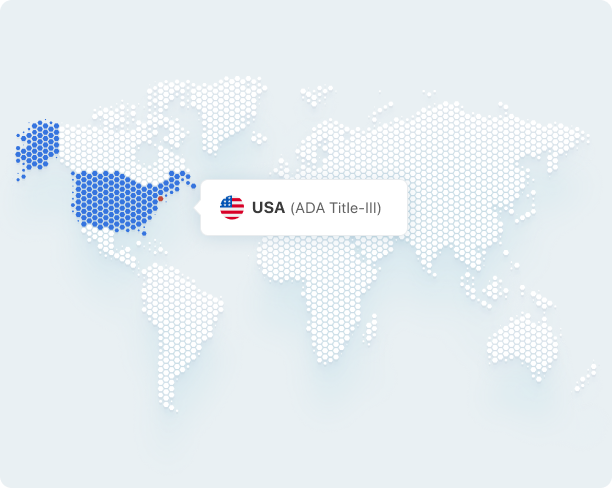
Section 508 is an official US legislation enforcing accessibility requirements for federal-funded information and communication technology (ICT) and 3d parties giving services to federal entities.
The US access board published its latest section 508 revision in 2017 with the following breakdown:
- Websites: Section 508 clearly states that federal-funded websites and related 3d parties should comply with the WCAG 2.0 mark II standards
- Content: All official federal content aimed at the general public has to be accessible in forms that accommodate different disabilities, including visual impairments, hearing difficulties, deafness, and cognitive, language, and learning disabilities.
- Software & apps: At the base level of any software, technological design and operating systems must be compatible with assistive technologies that might be used by people with disabilities, such as screen readers. United States’ ADA and Section 508 accessibility legislation are based on WCAG 2.2
Are websites legally obligated to comply with WCAG guidelines based on Section 508?
Yes. Some US-based websites must comply with Section 508’s accessibility guidelines, essentially the WCAG 2.0 Mark II standards.
If your website is:
- US federal-funded website
- A business that gives paid services to a federal-funded website or entity
Then based on section 508, you’re open for legal actions unless your website complies with WCAG 2.0 mark II standards.
You can use a web accessibility checker to ensure your website is compliant.
Recommended Resources:
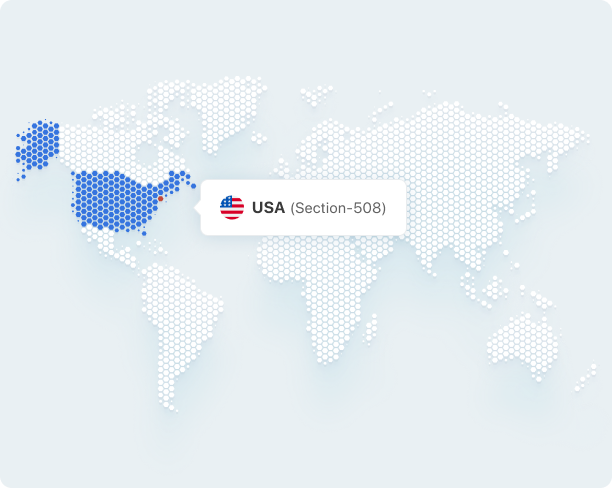
The European Accessibility Act (EAA) is a recent EU legislation (published in 2019) that requires accessibility for digital products and services.
EN 301549 is a policy document produced by the European Telecommunications Standards Institute (ETSI), essentially the official EU standards for web accessibility.
The EAA stated that private European websites must be accessible and comply with its requirements by June 28, 2025.
What are the requirements of the EAA?
The EAA Official Fact Sheet states that the law will “not impose detailed technical solutions telling how to make” a site compliant. However, you’ll find general requirements and non-binding examples within the legislation.
The EAA acknowledges W3C and its global WCAG accessibility guidelines; therefore, WCAG’s requirements are considered a valid solution to the EAA legislation.
Recommended Resources:
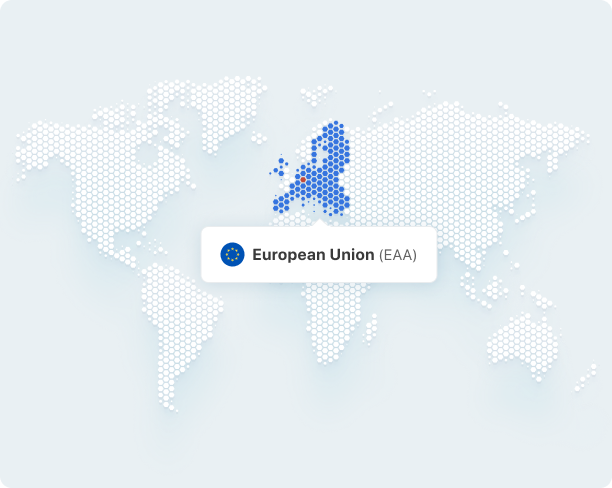
The name BIVT (Barrierefreie Informationstechnik-Verordnung) means “barrier-free information technology regulation”. It came into force on September 22, 2011; BITV is a federal ordinance based on the German act on equal opportunities for disabled persons of 2002.
BIVT aims to ensure that people with disabilities can access all Internet content and services provided by German federal institutions.
Who needs to comply with the BITV?
The BITV requirements apply to German federal government websites. However, the government encourages state and local agencies and commercial providers to build websites that are accessible.
Recommended Resources:
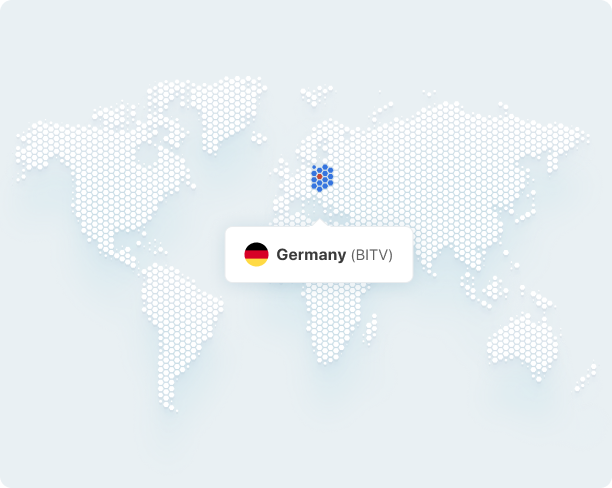
On February 11, 2005, the French parliament passed the “equal rights and opportunities of people with disabilities,” also named the RGAA, based on WCAG 2.0
Its current version constitutes a reference system to verify conformance with the WCAG 2.0 international standards. Its objective is to propose criteria and tests to confirm that accessibility rules are respected and followed.
The level of conformance recommended by the RGAA is AA.
Who needs to comply with the RGAA?
The law of 2005 indicates that all online public communication services of the State, the local authorities, and the public institutions that depend on it need to comply.
Any organization, public or private, undertaking an activity of general interest under the control of a public person is concerned.
Recommended Resources:
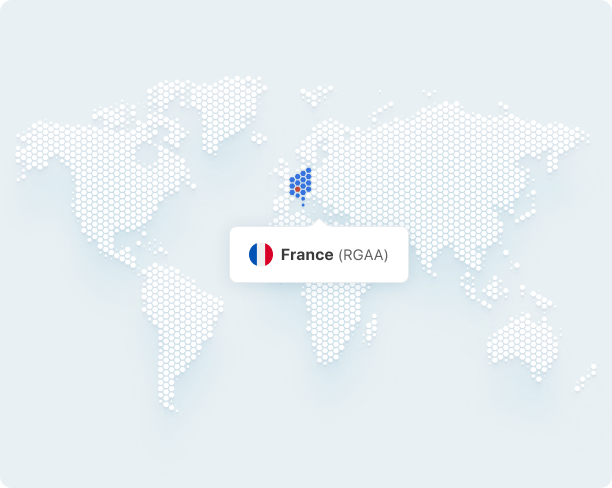
The Accessibility for Ontarians with Disabilities Act, or AODA, was ratified in 2005 by provincial authorities to fix the lack of accessibility to services in Ontario, Canada. Among other topics, the AODA clearly defines the need for website accessibility compliance, like most web accessibility legislation, based on W3C’s WCAG 2.0 Guidelines.
AODA has important due days:
- All websites (federal & public) have to reach WCAG 2.0 Level A compliance by January 1st, 2014
- All Websites (federal & public) have to reach WCAG 2.0 Level AA (other than criteria 1.2.4 (live captions) and 1.2.5 (pre-recorded audio descriptions) by June 30th, 2021 Does the AODA Legislation affects me?
If your business is registered in Ontario, Canada, then yes. AODA states that its rules apply to all Ontario-based websites, whether they’re federally funded or private websites run by individuals and corporations.
What if my website doesn’t comply?
AODA’s accessibility requirements are advised to comply. Failure to comply can result in fines of $50,000 per day or part day for individuals and fines of up to $100,000 per day or part day for corporations.
Recommended Resources:
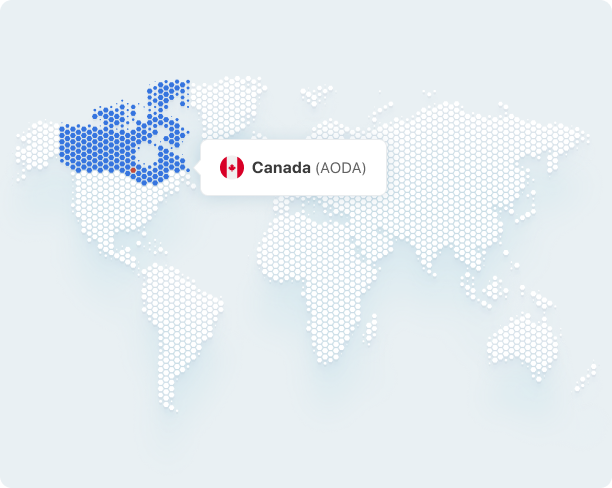
The Accessibility Canada Act (ACA) is a federal law in Canada that requires various industries to comply with the global WCAG accessibility guidelines.
Established on 11 July 2019 by the ESDC (Employment and Social Development Canada) and enforced by a dedicated accessibility commissioner and a governmental council called the ASDO (which is comprised of a majority of people with disabilities), it’s clear that Canada takes online accessibility seriously.
Do I need to comply with ACA?
Do I need to comply with ACA?
Unlike the AODA (Accessibility for Ontarians with Disabilities Act), the ACA is a federal-level law, applying to almost all geographic areas of Canada.
- Governmental organizations, including federal government departments and agencies.
- Sectors that are federally regulated, including industries such as banking, interprovincial transportation, and telecommunications.
- State-owned enterprises, known as Crown corporations. These are nationally owned companies but still enjoy mostly private management and administration.
Besides the public sector, ACA’s legislation is preparing to enforce WCAG accessibility guidelines on private-sector websites, including SMB’s by the end of 2021.
Recommended Resources:
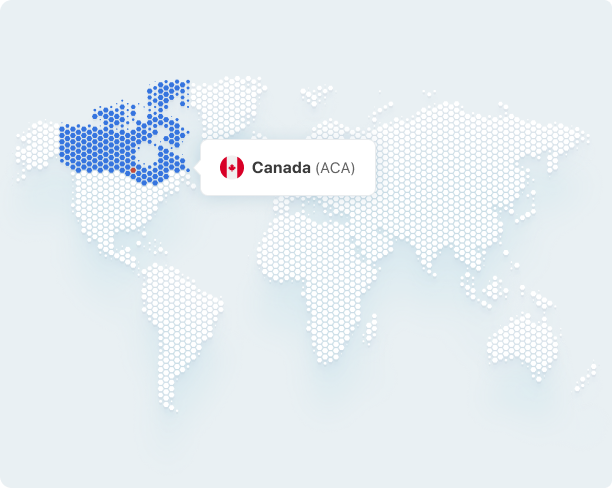
DDA stands for “Disability Discrimination Act.” It was passed in 1992 by the parliament of Australia to promote the rights of people with disabilities in certain areas such as housing, education, and provision of goods and services. The act refers to WCAG 2.0 as the benchmark for best practices in the design of accessible websites.
The DDA is supplemented by a series of Disability Standards and Guidelines. These provide more details on rights and responsibilities about equal access and opportunity for people with a disability.
Who needs to comply with the DDA?
According to section 9 of the DTA (digital transformation agency of the Australian government), public sector websites need to ensure the service is accessible and inclusive of all users regardless of their ability and environment.
Well, what about the private sector?
Businesses and public spaces not providing equal access opportunities may risk complaints to the Australian human rights commission. It is unlawful not to provide equal access opportunities, making private sectors vulnerable and susceptible to lawsuits. Use a website accessibility checker to determine if your website is compliant.
Recommended Resources:
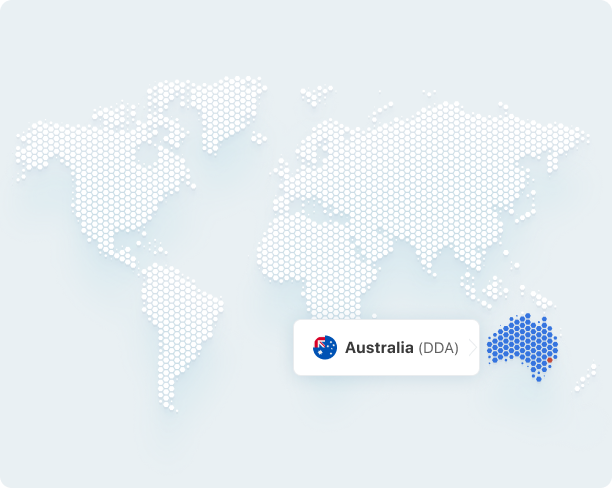
Leading Voices on Digital Accessibility & Compliance (5 Key Minutes That Matter)
We’ll Handle Accessibility,
You Focus on Building Something Great
From automated scans to manual audits and PDF fixes — everything you need, all in one place.


Automated Accessibility Software
Track your accessibility score with weekly scans. Fix high-impact issues faster.



VPAT
Get a detailed compliance report that proves your product meets accessibility standards.
Built for Website Owners Who Want Accessibility
Done Right
From clean code to easy tools and official certificates — everything you need in one place
Accessibility at the Code Level

- The preferred approach by the accessibility community and industry experts
- Integrated into your site’s actual code
- Keeps your website fast, secure, and SEO-friendly
Accessibility Certificates
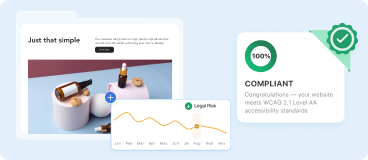
- Professional certificate to demonstrate compliance status
- Helps reduce legal risk by showing ongoing commitment
- Boost brand perception
A Trusted Accessibility Partner
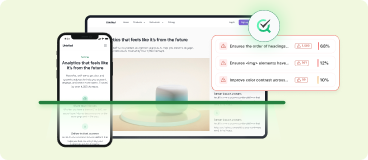
- #1 accessibility checker online, with over 50,000 scans every month
- Trusted by both large brands and small websites alike
- Customer support that actually supports you — real people, real help
Built for Partners & Agencies Who Want
Smart, Scalable Accessibility
From branded reports to performance-friendly solutions — everything you need to serve clients and grow your business.
Scalable, Code-First Accessibility

- Branded, white-labeled reports for your clients
- No extra scripts, no bloated performance
- Pay only for real fixes, not for traffic or visitors
Accessibility Certificates

- Issue time-stamped certificates under your agency’s name to show verified compliance
- Help your clients reduce legal exposure with documented proof of ongoing accessibility efforts
- Boost client trust and position your agency as a true accessibility expert
A Trusted Accessibility Partner

- #1 accessibility checker online, with over 50,000 scans every month
- Trusted by web agencies world wide
- Customer support that actually supports you — real people, real help
Accessibility for 1 Site or 1,000
No matter how big or small your website portfolio is, we’ve got you covered. AccessibilityChecker makes it easy to manage accessibility at scale — whether it`s a single site or thousands. Join our partner program today.
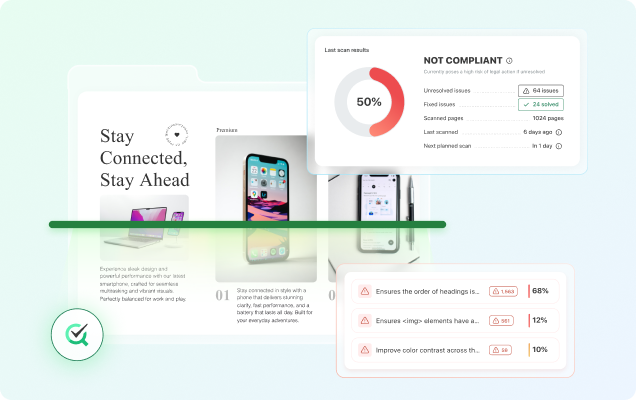
Hear from Our Customers
Real stories from people using AccessibilityChecker to simplify compliance

The Leading Platform for
Web Accessibility
AccessibilityChecker.org gives you full control to fix accessibility at the code level — without slowing down your site. Backed by the most advanced testing engine, it's the all-in-one platform for scanning, auditing, and improving digital accessibility at scale.
Find out if your website is accessible
Checks for Compliance With:
WCAG
ADA
EAA
Section 508
AODA































